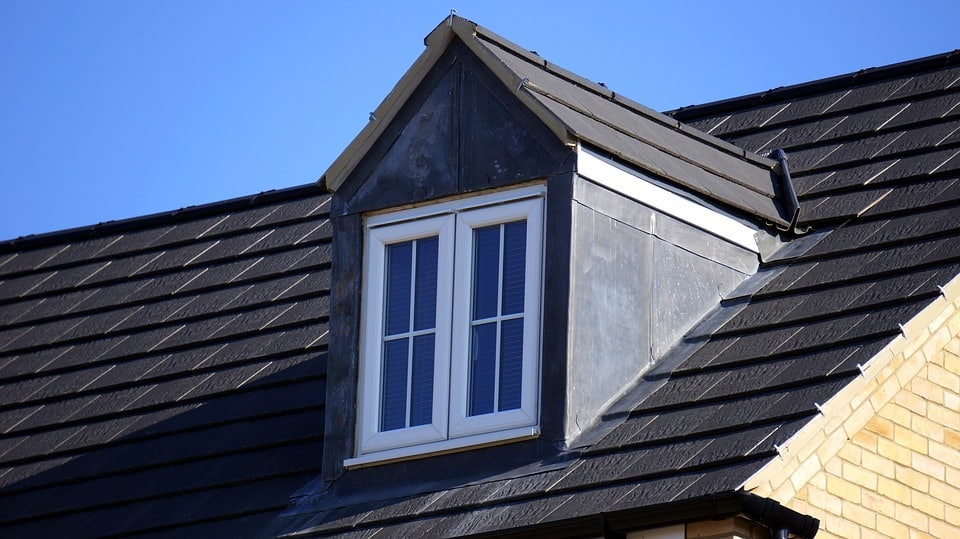While hurricanes don’t affect Utah, they can take a gruesome toll on people in other parts of the country. Those who do live in hurricane-prone areas would do well to hurricane-proof their roof. After all, the roof stands to sustain the most damage in the wake of a tropical storm or hurricane. Unfortunately, a roof can be very costly to repair. For best results, people should prepare their roof in advance of the next hurricane season.
Roof structure
A failed roof could expose the entire house to wind and water damage. You could be using the sturdiest roof materials in the world, but if the underlying structure is weak, your home could pay the price. The biggest threat to a roof is uplift driven by strong winds from the storm. In order to have a hurricane-proof roof, you will need sufficiently strong structural walls to secure the roof’s supports. Roof trusses should be adequate and attached to the walls. Roof decks must be strong and properly fastened. All openings should be adequately protected as an impediment against uplift. Note that hip roofs are safer than gabled roofs.
Base layer
The roof’s base layer must also serve as an enhanced secondary water barrier for added protection in case the roof’s surface materials are blown off. The underlayment must have a self-adhesive membrane or hot-map fasted cap sheet. The membrane must be applied directly to the deck.
Roofing materials
There are a number of materials for your outer layer. Choose from the following, and make sure that the brand you are using has been shown to be hurricane-proof:
- Singles – Shingles could either be composite or fiberglass-based. Composite shingles are made of organic felt fashioned from wood and paper fibers. Fiberglass-based shingles are manufactured from manmade fiberglass mat. Both are soaked in asphalt with embedded mineral granules.
- Concrete tiles – Concrete tiles are fire and hail-resistant and can withstand 125 mph winds.
- Metal roofs – These are the most resistant to hurricane damage.
Barriers
You can further mitigate hurricane damage to your roof by adding proper water barriers, anchoring the roof to the walls, and reinforcing the framing and bracing of the top and bottom of gables that exceed 4 feet in height.
If you’re due for an improved roof—or a new roof altogether—call a professional for a bid.
The modern architecture of houses has some earthquake proof mechanisms that allow the building to resist forces caused by the earthquake. However, these features are not available in houses that were built decades ago. But, there is a way to strengthen the foundation of the house. Learn about it in this infographic.

![Earthquake Proofing your Home [infographic] Earthquake Proofing your Home [infographic]](https://disastercompany.com/wp-content/uploads/2022/04/Earthquake-Proofing-Your-Home-scaled-1.jpg)
